Description
The Gwiae Traditional House is a 200-year-old aristocrat’s residence consisting of various hanok structures, a pavilion, a pond, and a shrine set amid its expansive grounds. Located in Yeongcheon Byeolbyeol Misulmaul (Star Art Village) where modern artworks can be seen here and there, the house too is surrounded by various artworks as well as the beautiful natural environment of Yeongcheon, including Bohyeonsan Mountain, Palgongsan Mountain, Unjuhan Recreational Forest, and Saryongsan Mountain. Thanks to the Art Village project, the village has acquired a distinguished charm all its own by combining the antique beauty of traditional houses with modern art and public design. The village is full of attractions as well as traditional structures, including Pungyeongjeong Pavilion, which was built to commemorate the life of Gwon Eung-do, an eminent Confucian scholar of Joseon, and the Cian Art Museum, which established in a closed-down school and has three exhibition rooms, an outdoor sculpture park, and an art shop.
Belonging to the descendants of Jo Geuk-seung (1803∼1877), a Confucian scholar of the late Joseon period, the Gwiae Traditional House comprises a sarangchae (detached building), an anchae (women’s quarters), a daemunchae (building next to the gate), and Gwiaejeong Pavilion (Gyeongbuk Provincial Cultural Heritage No. 339), which has double-layered eaves and a half-hipped roof, and measures four kan (a unit of measurement referring to the distance between two columns) at the front and three kan at the sides. There is also a hexagonal pavilion connected with a bridge and a lotus pond. The house also has four installation artworks such as a sculpture of a child and a puppy getting stars, and a turtle sculpture with Lee Geum-hong’s calligraphy.
Opened as a hanok stay in 2013, the house has 8 guestrooms and offers a variety of traditional games such as Tuho (Arrow-throwing), Neolttwigi (Korean see-saw game), and Jegichagi (Korean shuttlecock game) in the courtyard.
Contactez-nous
Jo Yeong-mok +82-54-331-8043
Page d'accueil
Comment ça marche?
Nombre de places : 35 persons
Heure d'entrée : 14:00
Heure de départ : 12:00
Chambre meublée : N/A
Nourriture et boissons : None
Demandes de renseignements et d'information : •1330 Travel Hotline: +82-2-1330
(Korean, English, Japanese, Chinese)
•For more info: +82-54-331-8043, +82-10-5556-8043
Des places de parking : Yes
service de ramassage : Available (by telephone)
Nombre de chambres : 8
Politique de réservation : Available (+82-54-331-8043, +82-10-5556-8043)
Page d'accueil de réservation : www.gwiae.com
Type de chambre : ※ Traditional ondol room (Floor-heated) : Keun Sarangbang / Keun Anchae / Daemunchae Bang 1 & 2 / Jageun Sarangbang / Jageun Anchae / Gwiaejeong (three rooms + three maru)
※ Gwiaejeong: The entire building(stand-alone building) must be rented.
Échelle : 33058㎡, one floor
Position
37-17, Gwiho 1-gil, Hwanam-myeon, Yeongcheon-si, Gyeongsangbuk-do
![The Gwiae Traditional House [Korea Quality] / 귀애고택 [한국관광 품질인증]](http://tong.visitkorea.or.kr/cms/resource/84/2578084_image2_1.jpg)
![The Gwiae Traditional House [Korea Quality] / 귀애고택 [한국관광 품질인증]](http://tong.visitkorea.or.kr/cms/resource/65/2578065_image2_1.jpg)
![The Gwiae Traditional House [Korea Quality] / 귀애고택 [한국관광 품질인증]](http://tong.visitkorea.or.kr/cms/resource/67/2578067_image2_1.jpg)
![The Gwiae Traditional House [Korea Quality] / 귀애고택 [한국관광 품질인증]](http://tong.visitkorea.or.kr/cms/resource/70/2578070_image2_1.jpg)
![The Gwiae Traditional House [Korea Quality] / 귀애고택 [한국관광 품질인증]](http://tong.visitkorea.or.kr/cms/resource/72/2578072_image2_1.jpg)
![The Gwiae Traditional House [Korea Quality] / 귀애고택 [한국관광 품질인증]](http://tong.visitkorea.or.kr/cms/resource/74/2578074_image2_1.jpg)
![The Gwiae Traditional House [Korea Quality] / 귀애고택 [한국관광 품질인증]](http://tong.visitkorea.or.kr/cms/resource/79/2578079_image2_1.jpg)
![The Gwiae Traditional House [Korea Quality] / 귀애고택 [한국관광 품질인증]](http://tong.visitkorea.or.kr/cms/resource/82/2578082_image2_1.jpg)
![The Gwiae Traditional House [Korea Quality] / 귀애고택 [한국관광 품질인증]](http://tong.visitkorea.or.kr/cms/resource/86/2578086_image2_1.jpg)
![The Gwiae Traditional House [Korea Quality] / 귀애고택 [한국관광 품질인증]](http://tong.visitkorea.or.kr/cms/resource/88/2578088_image2_1.jpg)
![The Gwiae Traditional House [Korea Quality] / 귀애고택 [한국관광 품질인증]](http://tong.visitkorea.or.kr/cms/resource/63/2578063_image2_1.jpg)
![The Gwiae Traditional House [Korea Quality] / 귀애고택 [한국관광 품질인증]](http://tong.visitkorea.or.kr/cms/resource/64/2578064_image2_1.jpg)
![The Gwiae Traditional House [Korea Quality] / 귀애고택 [한국관광 품질인증]](http://tong.visitkorea.or.kr/cms/resource/68/2578068_image2_1.jpg)
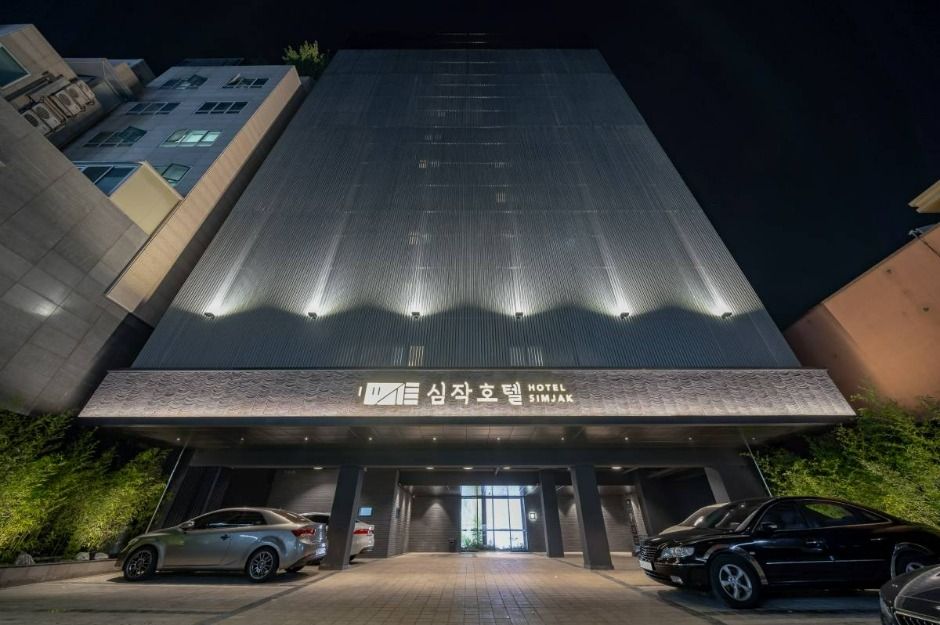
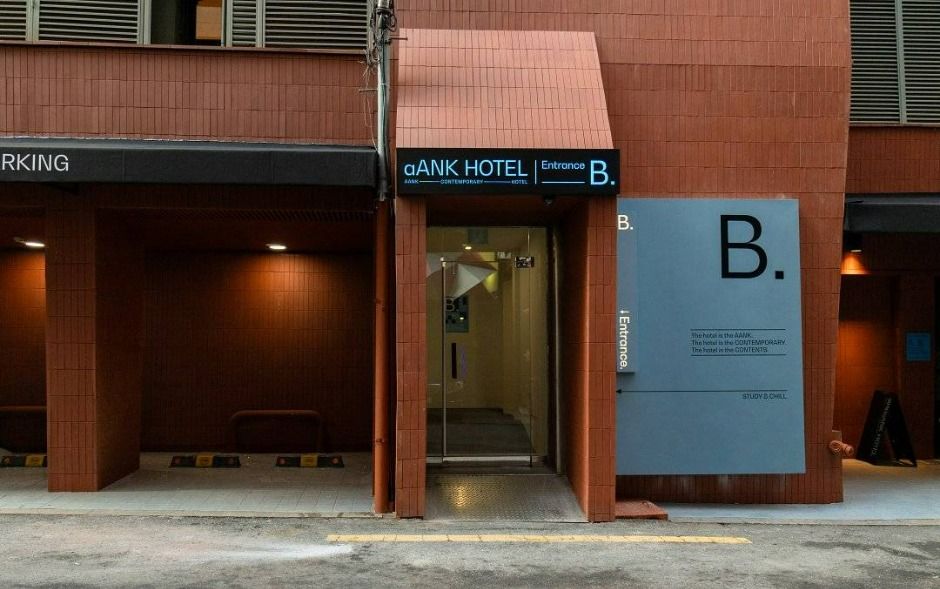
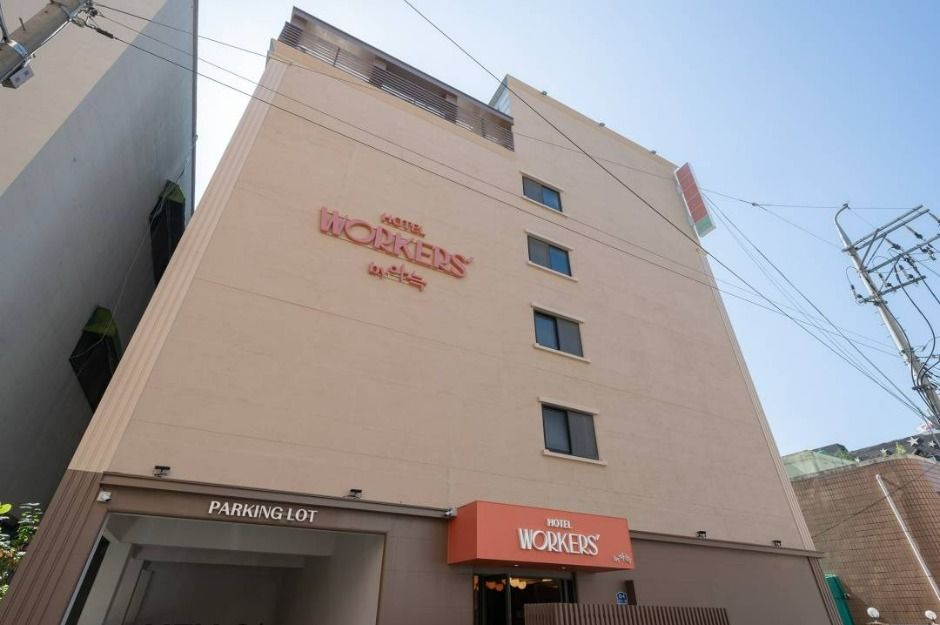
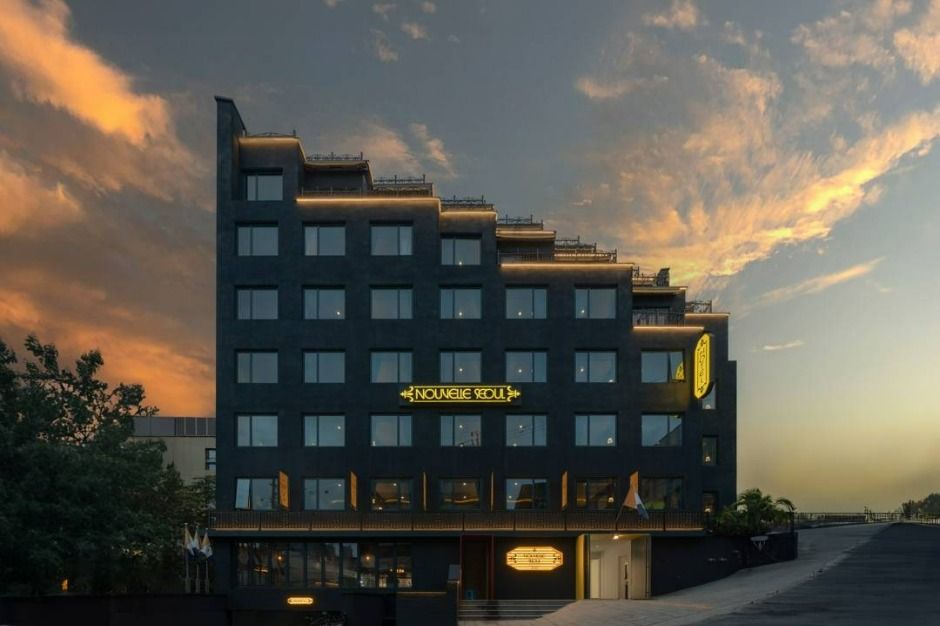
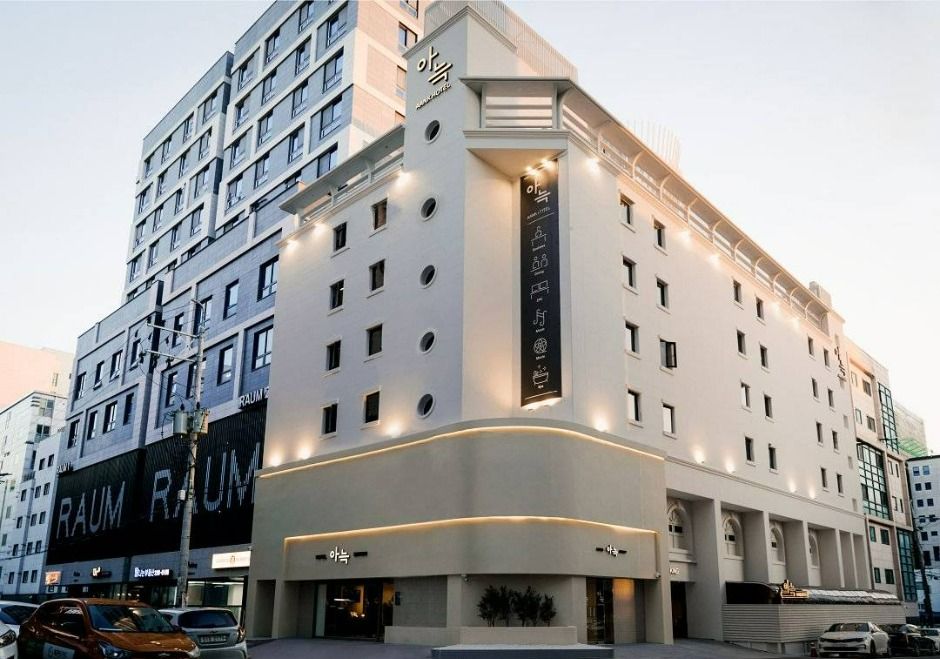
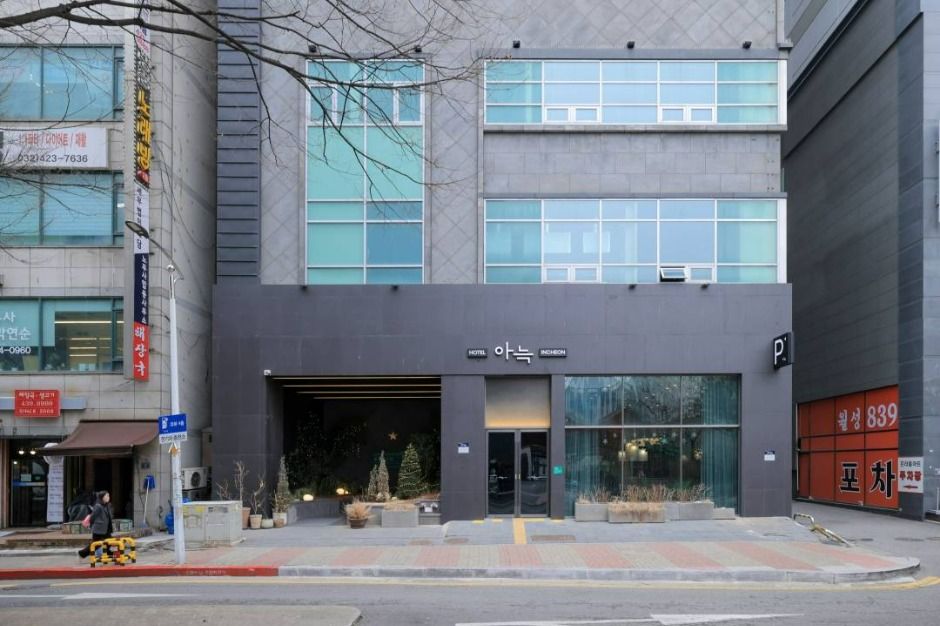
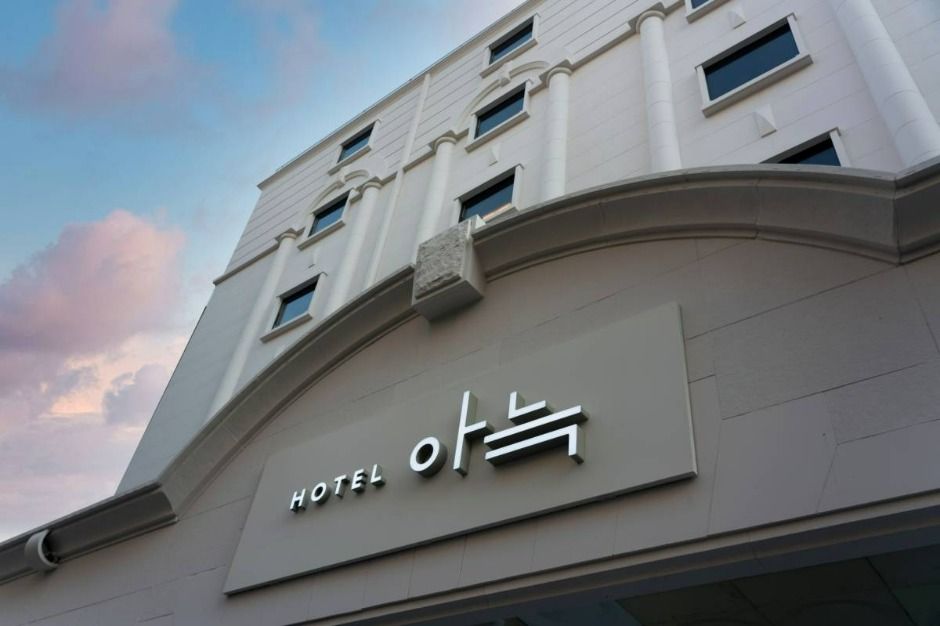
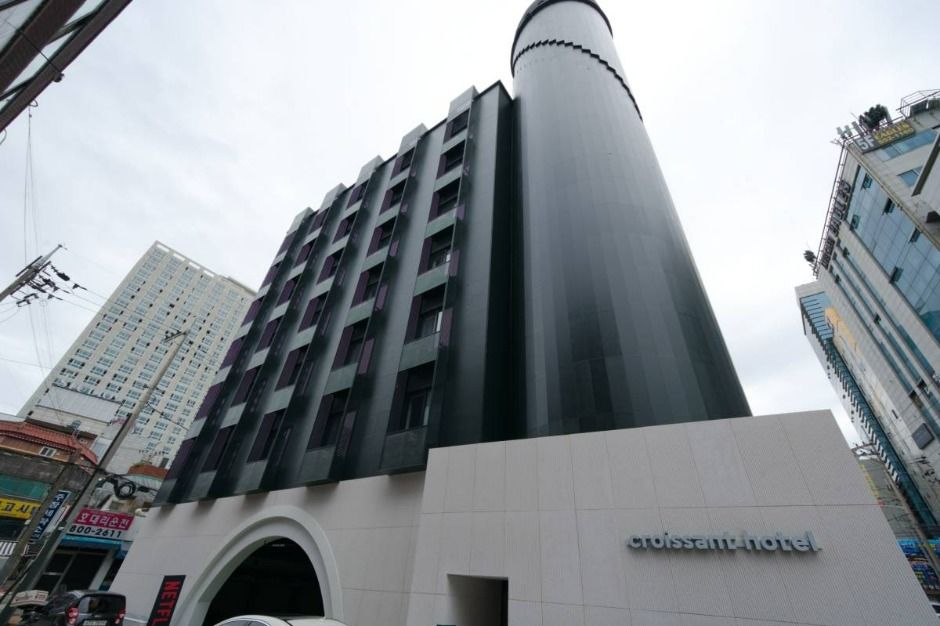
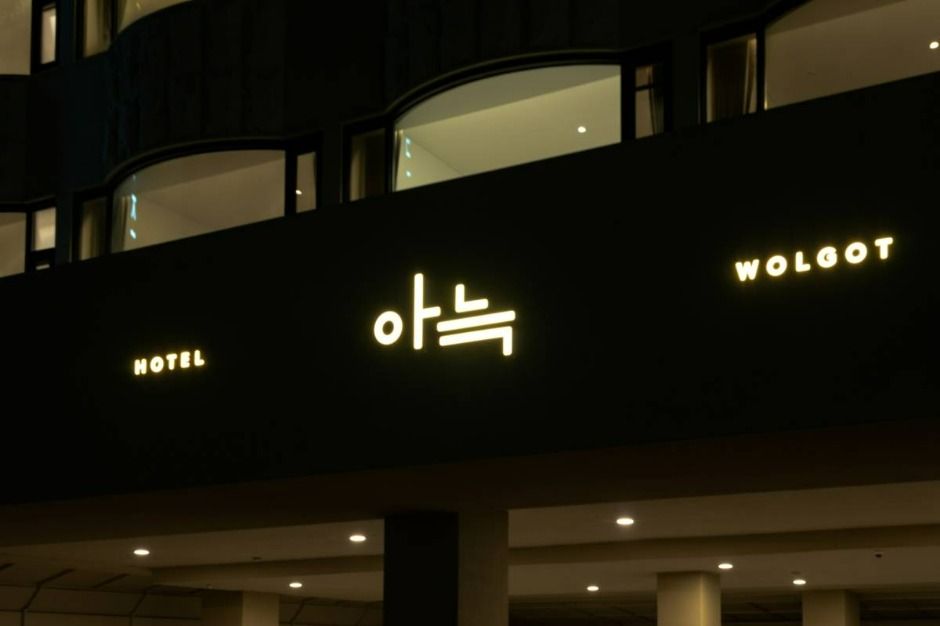
](http://tong.visitkorea.or.kr/cms/resource/08/3009408_image2_1.jpg)
 Français
Français
 한국어
한국어 English
English 日本語
日本語 中文(简体)
中文(简体) Deutsch
Deutsch Español
Español Русский
Русский